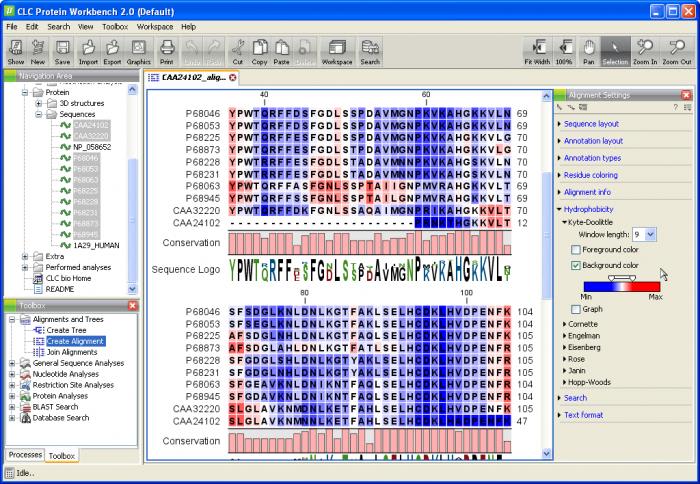

This can be accomplished using the GEOspatial INTelligence (GEOINT) approach, which is the analysis and combination of satellite imagery and geospatial information in an effort to describe, interpret, and anticipate the physical features, human impact, and activities within a spatiotemporal environment. Taking into consideration the aforementioned issues, the monitoring of coastal regions is a very important process due to the fact that its results may contribute substantially to decision-making processes related to coastal urban planning and the minimization of natural hazard impacts and losses. On the other hand, human factors that cause coastal erosion are related to coastal engineering and land uses such as extended urbanization for industrial and tourism activities. Winds and storms, nearshore currents, SLR, and the slope angles of the coastal zone are the most important natural causes. Coastal erosion is generally caused by a combination of physical and anthropogenic forces operating on various scales. In addition, recent research estimates that the Mediterranean Sea’s projected SLR by 2050 will be up to 25.6 cm. , extreme sea levels (ESLs) in the European region could rise by 1 m or more by the end of the century, exacerbating the impact of coastal hazards. According to a recent study by Vousdoukas et al. Taking into account SLR projections for the 21st century in Mediterranean regions, the wetlands and dry lands are predicted to face the greatest negative impacts. Ĭonsidering the climate change in Mediterranean countries, the loss of coastal land, which is an area where many human activities are concentrated, is a considerable consequence and is strongly related to Sea Level Rise (SLR) and coastal erosion. According to the United Nation World Tourism Organization (UNWTO), Greece is the eighth biggest tourist destination in the world in terms of the largest surplus in the travel balance.

Compared to the 20.6 million tourists that visited the country in 2010, Greece welcomed over 32 million visitors in 2019. Furthermore, the economic influence that coastal regions have on the growth of Greece makes them highly valuable. The development of coastal zones and the implementation of management strategies in these regions are important not only for Greece but also for the other Mediterranean countries. Additionally, coastal and deltaic plains serve as fertile land for agricultural endeavors. More than one-third of Greece’s population lives within two kilometers of a coastline, and more than 85 percent of the country’s industrial activity, which is mainly tourism, is located in coastal areas. Specifically, coastal tourism is the greatest contributor, accounting for 13% of Gross Value Added (GVA) and 3.8% of employment. Ultimately, the findings of this study could contribute to the effective and holistic management of similar coastal regions in the context of climate change adaptation, mitigation strategies, and multi-hazard assessment.Īccording to the EU blue economy report 2021, coastal areas have a crucial economic role in the Greek economy, with the financial sector accounting for 14.2% of jobs and 5.2% of Gross Domestic Product (GDP). The results showed that the average urbanization expansion on specified settlements was greater than 22% for both case studies. During the period 2016–2021, the average accuracy of the developed methodology for urban mapping in terms of the kappa index was 80.15% on Thira and 88.35% on Milos. This study attempts to identify inaccuracies in existing open-source datasets, such as the European Settlement Map (ESM), as a result of the unique combination of the architectural style and bare-soil characteristics of the study areas. The developed methodology has been implemented on the islands of Thira (Santorini island complex) and Milos. This work focuses on the delineation of the coastal zone boundaries, semi-automatization of Satellite-Derived Bathymetry (SDB), and urban mapping using a machine learning algorithm. GEOspatial INTelligence (GEOINT) can play a crucial role in the depiction and analysis of the natural and human surroundings, offering valuable information regarding the identification of vulnerable areas and the forecasting of urbanization rates. However, climate change, growth in tourism, and constant coastal urban sprawl in some places result in ever-increasing risk in the islands of the South Aegean Volcanic Arc (SAVA), necessitating thoughtful planning and decision making. Coastal environments are globally recognized for their spectacular morphological characteristics as well as economic opportunities, such as fisheries and tourism industries.


 0 kommentar(er)
0 kommentar(er)
